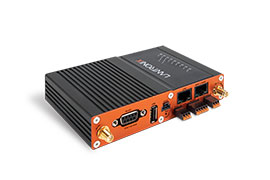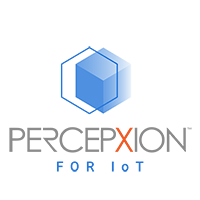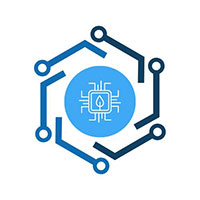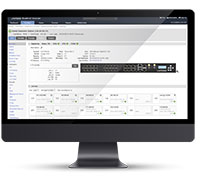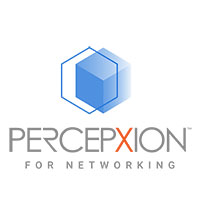
M2M Device Connectivity in Health Care: Stat
At the close of 2010, approximately 1.5 million medical devices across 10,000 different categories were in use around the world according to the World Health Organization. By 2015, the global medical device market will approach $300 billion (Espicom, 2010), with machine to machine (M2M) revenues predicted to increase at a rate of 17% annually through 2014 (Harbor Research, 2010). This begs the question, how many medical devices are currently connected?
There’s no easy answer to that question. Given the variations in different health care environments – like hospitals versus a patient’s home, for one – tracking estimates of connected devices quickly becomes overwhelming. We do know that in the hospital environment for starters, there are numerous opportunities for M2M connectivity. According to IHE (Integrating the Healthcare Enterprise) in 2007, “for every connected IT device in the hospital, there are 4 patient care devices that are not connected.” Pair this with the fact that in the U.S. alone, there are 5,795 hospitals with 944,277 staffed beds (American Hospital Association), and it’s easy to understand why health care is forecasted to be one of the fastest growing M2M vertical markets through 2015.
A variety of factors are contributing to the acceleration of medical device connectivity:
- Connected medical devices provide for safer patient care. Mistakes are less prevalent thanks to easy access to accurate information.
- “Smarter” devices offer immediate gains in efficiency and productivity. With a shortage of qualified care professionals like nurses, this makes quite an impact.
- More chronic care patients are also being monitored from home. As new wireless technologies proliferate both inside and outside of hospitals, IT groups have more options in how to connect new or existing devices. This makes it possible to extend quality care outside of the hospital – and also to support more patients.
- Meaningful use legislation whereby hospitals are reimbursed at better rates for implementing and utilizing electronic medical records (EMRs). This has created significant momentum in connectivity for both hospitals and device manufacturers.
This confluence of factors is pushing the increased use of connectivity solutions in an industry considered behind those such as financial services and retail.
Lantronix recently co-sponsored a whitepaper with HIMSS (Healthcare Information Management Systems Society) to gauge EMR connectivity progress across 825 U.S. hospitals surveyed. Only one-third of those hospitals surveyed indicated that an interface was present between their devices and EMRs. While progress is being made, there is much work to be done. At the recent HIMSS annual conference attended by over 35,000 health care professionals in Orlando, Florida, meaningful use and connectivity efforts were discussed extensively. This is an area where we are seeing not just significant growth, but new and exciting improvements that have the potential to change how care is delivered for years to come!
